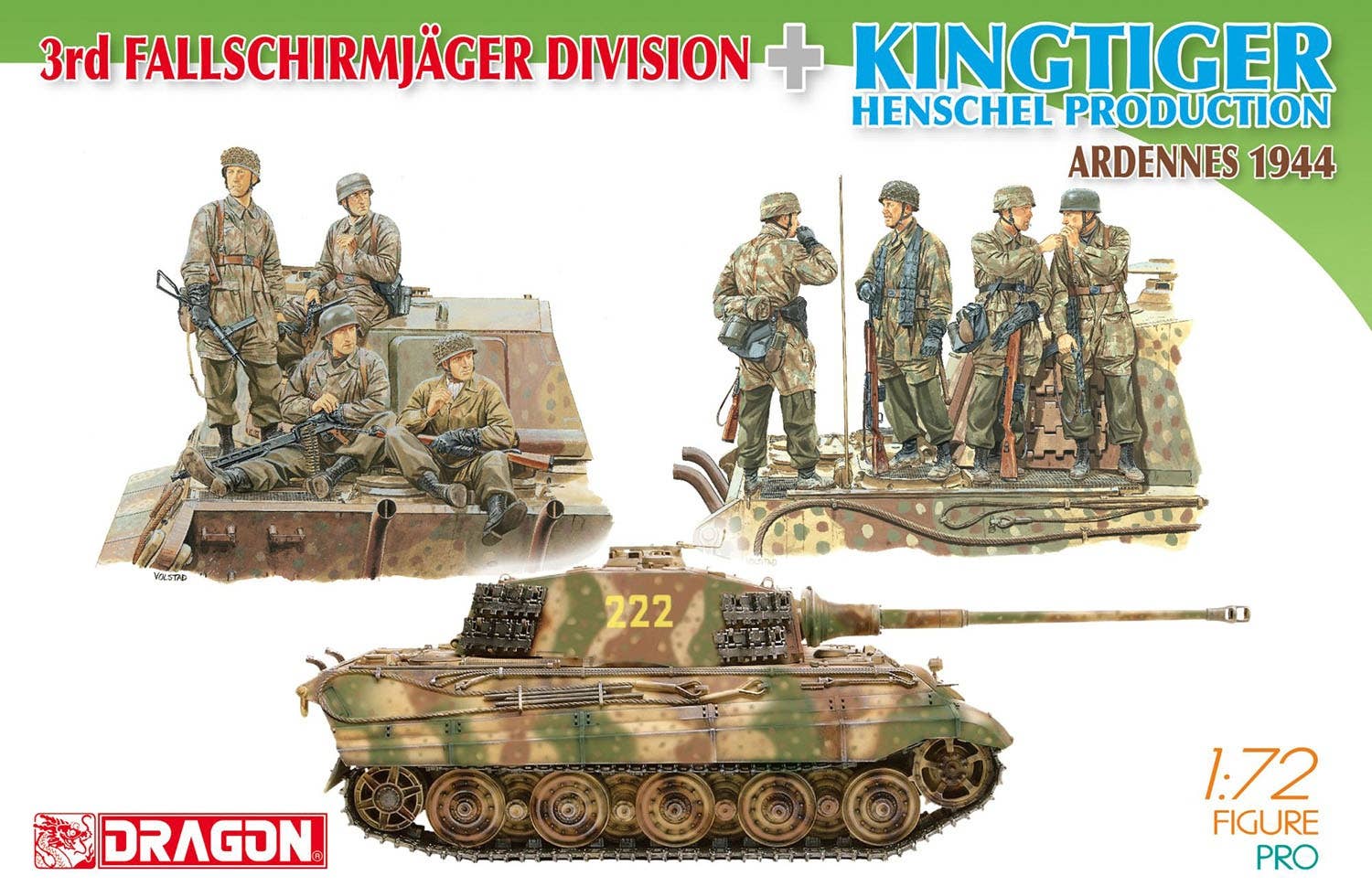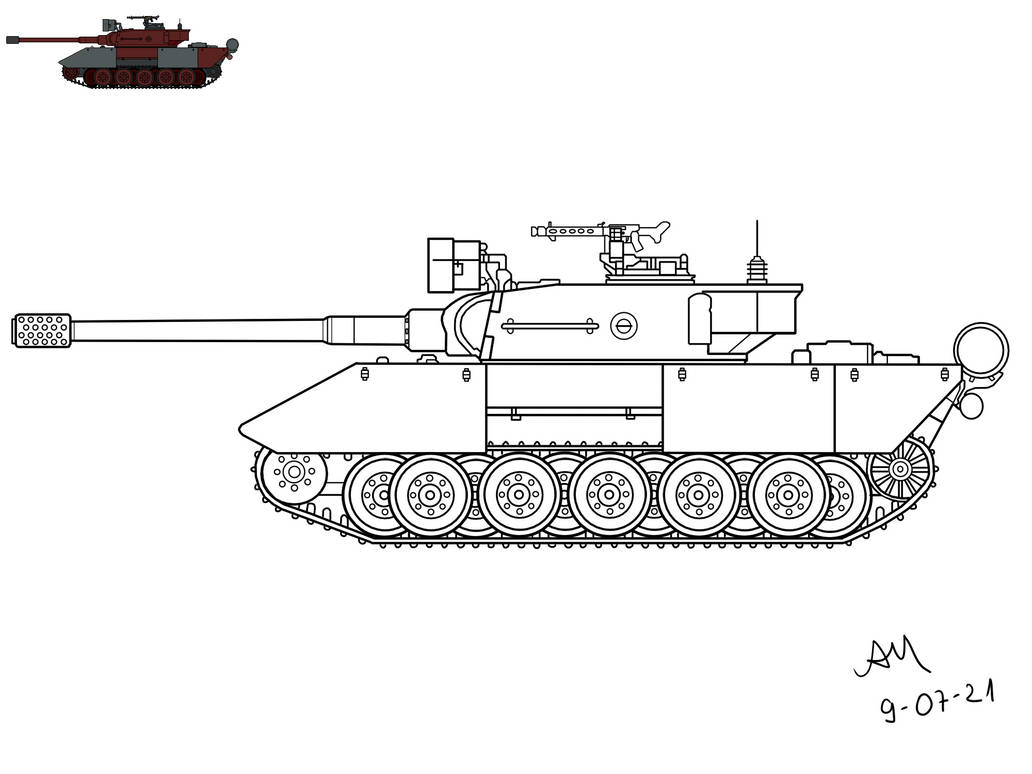At-super Tiger German - Jagdtiger (S/N 305020) on display at the former US Army Museum in Aberdeen, Maryland, in 2008
1 × 7.92 mm MG 34 (some later models fit a single MG 42 machine gun on the rear of the vehicle)
At-super Tiger German

) was a German counterpart (Jagdpanzer) main tank destroyer of World War II. It was built on the short-lived Tiger II. Its tank designation was Sd.Kfz. 186.
Pershing Vs Tiger: Germany 1945 (duel): Amazon.co.uk: Zaloga, Steven J., Laurier, Jim: 9781472817167: Books
The 72-tonne Jagdtiger was the heaviest armored fighting vehicle (AFV) used by any country in World War II and the heaviest combat vehicle of any type to be produced during the conflict. It is equipped with a 128 mm Pak 44 L/55 gun that can engage and defeat any AFV deployed by the allied forces.
He saw brief service in small numbers from late 1944 to the end of the war on the Western and Eastern Fronts. Although 150 were ordered, only about 80 were produced. Due to its excessive weight and weak propulsion system, the Jagdtiger suffered from mobility and mechanical problems. Three Jagdtigers survived in the museum.
With the success of the StuG III, Marder I, Marder II and Marder III Panzerjäger, the military leadership of Nazi Germany decided to use the equipment of armored fighting vehicles as a basis for self-propelled guns (which act as missiles and tank). collapsing ones). German tank destroyers of World War II used fixed mates instead of reverse rotation to reduce the cost, weight, and material required to mount the main guns.
A wooden model of the Jagdtiger given to Adolf Hitler on October 20, 1943, see here on the back of the Italian medium tank Carro Armato P 26/40
American Tiger: How The Massive T 28 Was Built To Take On Nazi Heavy Tanks
In early 1942, the Chief of Army Staff requested that the 128mm gun be mounted on a self-propelled armored vehicle. The firing test of the 128 mm gun showed that it had a high pulse; Smaller caliber guns, such as the ubiquitous 88mm and slightly larger 105mm, were also tested.
In early 1943, it was decided to install a 128 mm gun on the Panther or Tiger I chassis as the main assault weapon. The Panther chassis was considered unsuitable as it was a wooden design. On October 20, 1943, a wooden model of a Tiger II heavy tank was built and delivered to Hitler in East Prussia. Two models were produced: One version equipped with an eight-wheel suspension system by Porsche (serial number 305001) and another version equipped with a nine-wheel suspension system by Hschel (serial number 305002).
As used in the Tiger II flagships built by Hschel. They were completed in February 1944. They were initially designated as Jagdpanzer VI, but later designated as Jagdtiger.

Rear deck and bay of Jagdtiger 305004 at Tank Museum, Bovington. The two circular grill openings on the left and right are for the radiators.
King Tiger. Battle Of The Bulge, 1944 1945 On Behance
The Jagdtiger was a logical development of the Jagdpanzer design from the tank design, such as the Jagdpanzer IV or the Jagdpanther from the Panzer IV and Panther tanks respectively, with full armor and a rotted companion compartment. The Jagdtiger used a large box, with its composite parts and slatted parts, on top of the long Tiger II chassis. Unlike the Jagdpanther, the Jagdtiger's case design did not extend beyond one glacis plate to the full height of the "roof" of the casemate - it used a separate front plate to form its structure on the roof of the case and to mount the anti-tank guns. The vehicle that was found had heavy armor. It has 250 mm (9.8 in) of armor in front of the case and 150 mm (5.9 in) on the glacis plate. The main gun mount has a limited range of only 10 degrees; the rubber car must be turned towards that narrow field of fire.
The Jagdtiger suffered from a number of engineering and technical problems due to its heavy weight and weak engine. The car was repeatedly damaged; Ultimately, more Jagdtigers were lost to mechanical problems or lack of fuel than to enemy action.
And 85 were produced at the Nibelungwerk in St. Valtin, from July 1944 to May 1945. One of these, serial numbers 305001 and 305003 to 305012, was produced with Porsche suspension (with eight-way wheels on each side); all others used Hschel suspension with nine road wheels on each side.
The details and production facilities were known to the Allies through the resistance group around the murdered priest Heinrich Maier.
Nazi Germany's King Tiger Heavy Tank: Super Weapon Or Super Flop?
Producer numbers vary depending on the source and other factors such as if it includes models and if they include those made after the VE date: about 48 from July 1944 to dt Dec 1944; 36 from January to April 1945, numbers 305001 to 305088.
Only two heavy anti-tank battalions (schwere Panzerjäger-Abteilung), numbered 512 and 653, were equipped with Jagdtigers, with the first vehicles arriving at the unit in September 1944. About 20% were lost in battle, while most of the workers destroyed them. theirs which have been abandoned due to damage or lack of fuel.
The weapon used two cartridges, which meant that the main cartridge and the spent charge were loaded in a separate case. Two uploads are allowed for this project, one for each category.
Tiger I tank ace Otto Carius commanded a second company of three Jagdtigers in s.Pz.Jg.Abt. 512. His recent book Tigers in the Mud chronicles the 10 Jagdtigers under his command. He said the Jagdtigers were underpowered for a number of reasons, including the alliance's airspace that made it difficult to maneuver and the main gun that could be repaired after going off-road for short distances. .
Grumman Dornier F 11d 'super Tiger'
The car was slower, it had the same engine as Tiger I and Tiger II. The car's transmission and differential were easy because the entire 72-ton car was rotated to pass the gun. The main 128 mm gun must be covered during the movement of the vehicle, otherwise its mounting block will be used too much to fire accurately from behind. This means that the operator must get out of the combat vehicle and unlock the weapon from the forward gun travel lock before firing.
Carius wrote that, during the battle, a 128 mm shell went through the wall of a house and destroyed an American tank behind it.
Inadequate training of the vehicle crew and their poor behavior during the last battle was a major problem for the Jagdtiger crew under the command of Carius. In the Ruhr Pocket, two Jagdtiger commanders were unable to attack an American armored column 1.5 kilometers (1 mi) away in broad daylight for fear of drawing Allied air strikes, even though the Jagdtigers were well engaged.
Both vehicles were damaged in the hasty retreat due to fear of the alleged attack and one was later destroyed by his crew. To prevent such a disaster, in Sieg, Carius himself dug in the car of his command on the main land. An approaching American armored unit avoided its ambush because nearby German civilians had warned them of it.
The Tiger Provides A Non Credible Defense
Later, one of his vehicles fell into a bomb crater at night and was disabled, while the other was killed by a Panzerfaust attack by Volkssturm soldiers who had never seen a Jagdtiger before. they considered him as a friend of the vehicles.
The Jagdtiger's first combat loss was during the failed Operation Nordwind in France in 1945. Despite its heavy armor, this Jagdtiger lost its life to American bazooka-wielding forces, which at the time were considered ineffective. on such a truck.
Near Unna, a Jagdtiger climbed a hill to attack five American tanks 600 meters away, causing two to withdraw while three others opened fire. The Jagdtiger took several hits, but none of the American shells could penetrate the 250 mm (9.8 in) thick front of the companion vehicle. However, the inexperienced German commander lost his nerve and turned instead of retreating, thus exposing the small side armor, which penetrated and killed all six crew members. Carius wrote that the crew was not trained or had the skills to maintain the thickness of the front armor in front of the enemy in battle.

Unable to escape from the Ruhr pocket, Carius ordered the guns of the remaining Jagdtigers to be destroyed to prevent the damaged vehicles from falling into Allied hands and being handed over to American forces.
Pz.kpfw.viii Maus Ii German Super Heavy Tank (plastic Model) Color4
10 Jagdtigers of the 2nd Company of s.Pz.Jg.Abt. 512 destroyed one American tank and one Jagdtiger lost in combat, one lost to heavy fire, and eight others lost to fighting or destroying their crews to prevent capture by enemy troops.
On 17 January 1945, two Jagdtigers of the Heer's XIV Corps laid down a ridge line to support the attacking troops near Auheim. On the 18th of January, they attacked four trusted villains at a distance of 1,000 meters. The armored dome of a bunker burned down after two shots. An attacking Sherman was burned in an attack that was set on fire by an exploding shell. Two Jagdtigers escaped, having fired 46 heavy bombs and 10 tanks.
In April 1945, s.Pz.Jäg.Abt. 512 has seen a lot of work, especially in
Ww2 german tiger tanks, german king tiger tanks, german tiger tank ww2, the german tiger tank, german tiger tank, german tiger 1, heng long german tiger, german tiger ii, german tiger 1 tank, german tank tiger 2, rc tank german tiger, german tiger tank model
0 Comments